
Chester Murphy Culver served as the general manager of the Employers’ Association of Detroit (EAD) from 1916 to 1952. Long before he took that position, however, he was intimately connected to the people who created the EAD (Now ASE) in 1902.
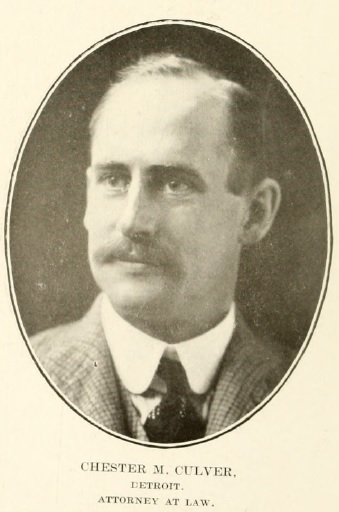 Culver was born in 1870 in Pontiac, Illinois. Raised in Kansas, where for a couple of years he taught high school science in Topeka, he settled in Detroit i
Culver was born in 1870 in Pontiac, Illinois. Raised in Kansas, where for a couple of years he taught high school science in Topeka, he settled in Detroit i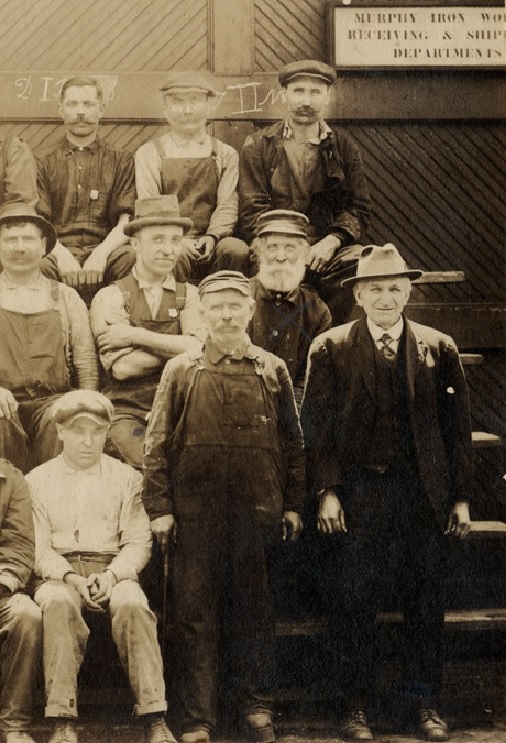 n the summer of 1899. He joined some 285,000 other people who made the City of the Strait the thirteenth largest in the country. As a recent graduate of Harvard Law School, the 29-year-old Culver came to Detroit at the urging of his maternal uncle, Thomas Murphy (pictured in group photo to the right with several Murphy Iron Works employees), the owner of the Murphy Iron Works, which was known for its patented smokeless furnaces. Before he got married the following year, Culver stayed with the Murphy family in a house on West Canfield near Second Avenue (today, 650 West Canfield).
n the summer of 1899. He joined some 285,000 other people who made the City of the Strait the thirteenth largest in the country. As a recent graduate of Harvard Law School, the 29-year-old Culver came to Detroit at the urging of his maternal uncle, Thomas Murphy (pictured in group photo to the right with several Murphy Iron Works employees), the owner of the Murphy Iron Works, which was known for its patented smokeless furnaces. Before he got married the following year, Culver stayed with the Murphy family in a house on West Canfield near Second Avenue (today, 650 West Canfield).
Thomas Murphy, who was born in the north of Ireland in 1835, had supported his nephew with occasional small loans while he worked his way through school, and he promised to introduce him to his numerous business and professional contacts. Murphy knew a lot of people. A decade earlier, his friend John Trix, president of the American Injector Company, introduced him to a pair of brothers from Niles, Michigan, who were eager to find work as machinists. 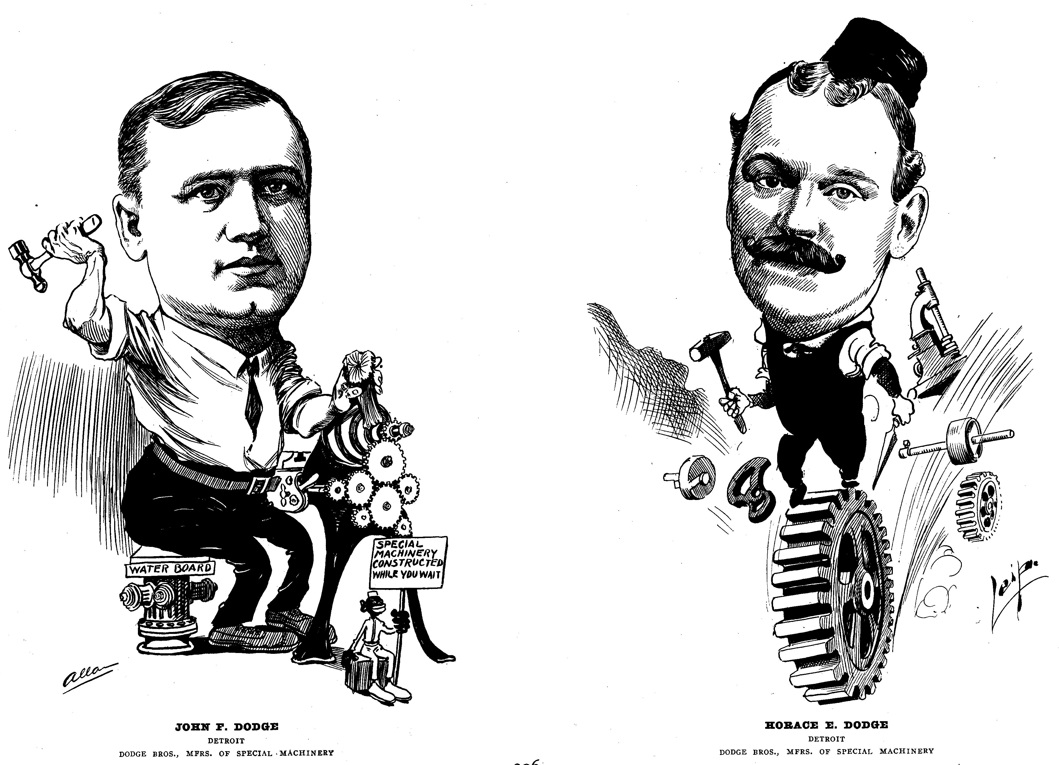
The brothers, named John and Horace Dodge (pictured in the drawing to the right), worked for Murphy from 1887 to 1892. In the mid-90s, on one of Culver’s earlier visits to Detroit, his uncle took him along to look over a boiler at the Edison Illuminating Company. Such was circumstance of Culver’s first meeting with Edison’s chief engineer—Henry Ford.
Also numbering among Murphy’s friends was Henry M. Leland, the proprietor of the 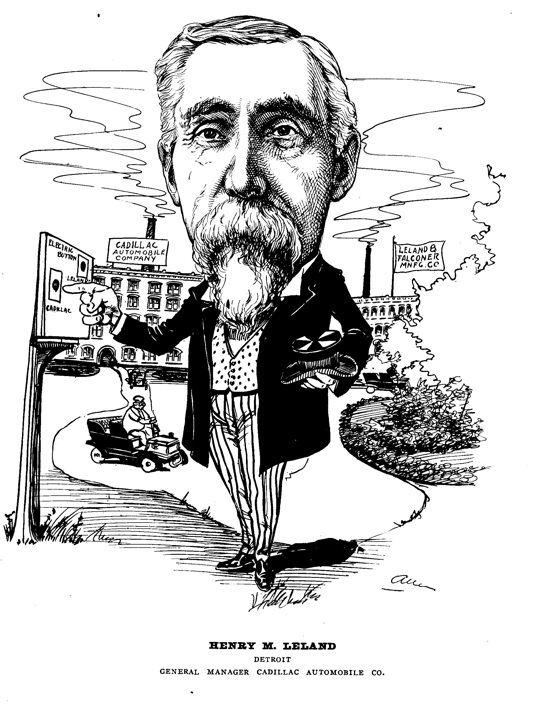 Leland & Faulconer Company, noted for its precision machine shop; Edward T. Gilbert (pictured lower right), general manager of the Michigan Bolt & Nut Works, and who, like Leland, was a determined enemy of the saloon and an activist for clean government and prohibition; and Charles B. Calder, the superintendent of the Detroit Shipbuilding Company. Within a couple of years, Calder, Murphy, and Culver joined together to invest in the emerging sugar-beet industry in Michigan and Arizona.
Leland & Faulconer Company, noted for its precision machine shop; Edward T. Gilbert (pictured lower right), general manager of the Michigan Bolt & Nut Works, and who, like Leland, was a determined enemy of the saloon and an activist for clean government and prohibition; and Charles B. Calder, the superintendent of the Detroit Shipbuilding Company. Within a couple of years, Calder, Murphy, and Culver joined together to invest in the emerging sugar-beet industry in Michigan and Arizona. 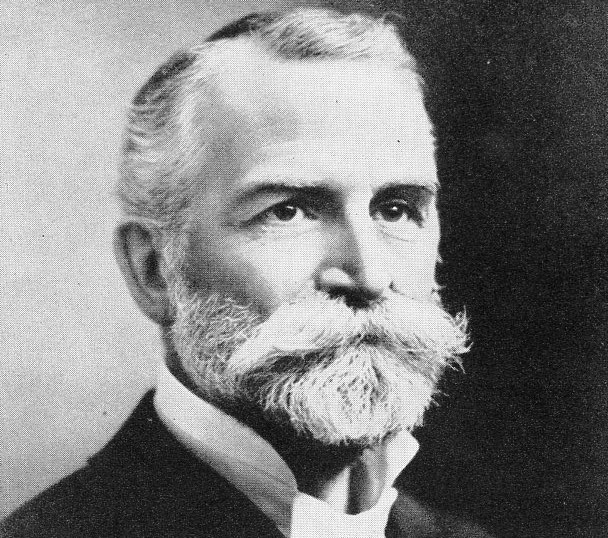
Murphy, Gilbert, Trix, Leland, and Calder—these were among the men who came together to form the Employers’ Association of Detroit. Chester Culver, who had a ringside view of it all, recalled in a 1953 oral history interview that these men “knew each other fairly well so there was a feeling of friendly cooperation. It was a very close-knit group.”
The EAD grew out of an agreement between two previous organizations: the Detroit Metal Trades & Founders Association and the Detroit Brass Manufacturers Association. The first one was formed on March 10, 1900, by companies that employed an assortment of skilled metal trades workers. Edward Gilbert was elected its first president. The association represented the coming together on the local level of employers belonging to the National Metal Trades Association, established in 1899 to handle negotiations with the International Association of Machinists and the National Founders Association, which was founded in 1898 and dealt principally with the Iron Molders Union of North America. A few local men like Henry Leland were active in both national groups. They readily saw the advantage of a single organization that united the operators of machine shops and foundries.
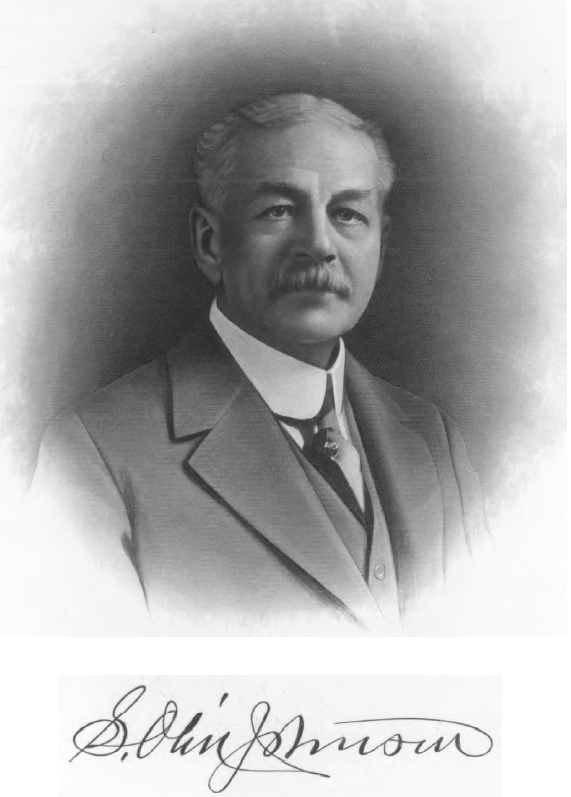 Detroit’s brass manufacturers did a brisk business turning out lubricators, steam injectors, valves, and other brass products. They, too, had to contend with unionized skilled tradesmen such as molders, machinists, and metal polishers & buffers. At some point (it is not clear when) they formed their own collective defense association and selected Stephen O. Johnson of the Penberthy Injector Company as president.
Detroit’s brass manufacturers did a brisk business turning out lubricators, steam injectors, valves, and other brass products. They, too, had to contend with unionized skilled tradesmen such as molders, machinists, and metal polishers & buffers. At some point (it is not clear when) they formed their own collective defense association and selected Stephen O. Johnson of the Penberthy Injector Company as president.
The next logical step was a general or city-wide association of employers. The precedent was set in 1900 by the Employers’ Association of Dayton (Ohio). In July 1902, employers in Chicago developed a similar organization. The nationwide movement among employers came to Detroit, too.
On Saturday, December 13, 1902—a day that began with a five-hour blizzard—representatives of some 19 manufacturers made their way to the Chamber of Commerce building on State Street at Griswold for a joint meeting of the Metal Trades & Founders Association and the Brass Manufacturers Association. The principal order of business was Henry Leland’s report from the joint committee on the organization that proposed the “immediate formation of an association to be known as the Employers’ Association of Detroit.” Leland urged the creation of a “central office” with a full-time “competent secretary” in charge of the day-to-day work of the association, including the establishment of a “labor bureau.” To cover rent for an office, the salary of the secretary, and other expenses—estimated at $4,000 for the first year alone—the companies that were members of the association would pay dues based on the size of their payrolls.
Sixteen of the manufactures at the meeting endorsed the Leland committee’s plan and affixed their signatures to the new association’s temporary constitution. December 13, 1902, would pass down as the official founding date of the EAD. However, the EAD’s permanent organization was achieved at a membership meeting on February 10, 1903, by which time 42 firms had signed the founding charter. Members adopted a constitution and set of bylaws, and they elected the leadership of the foundry, brass, metal trades, and boiler manufacturers division committees. They also elected Edward Gilbert as the EAD’s first president, and Stephen Johnson as vice-president. 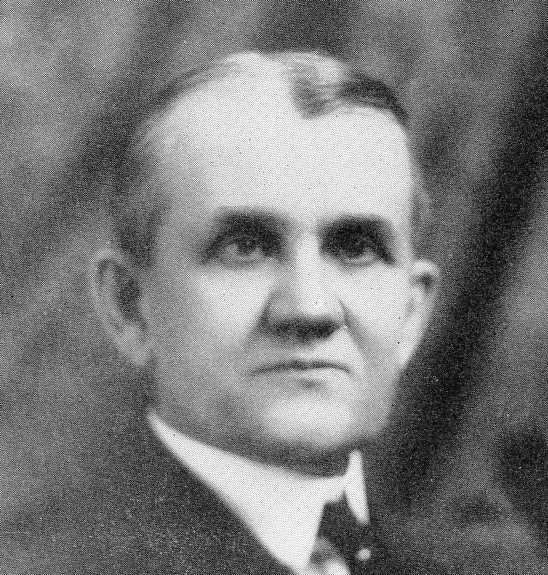
Perhaps as early as that February meeting the EAD had hired 41-year-old John J. Whirl (pictured to the right) for the critical position as the association’s secretary. Whirl had moved from Chicago to Detroit in 1898 to take over as head of the gas stove department of the Ideal Manufacturing Company. It is unknown what special qualities brought Whirl to the attention of the EAD, although it is likely Gilbert already knew him since they lived just two doors from each other on Brainard Street near Third.
Soon all of Detroit—particularly the trade unions—would know of the Employers’ Association of Detroit because of John Whirl.